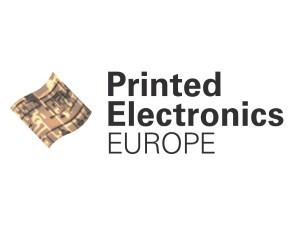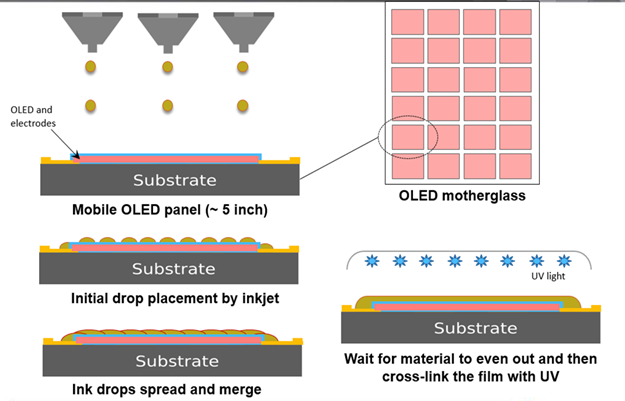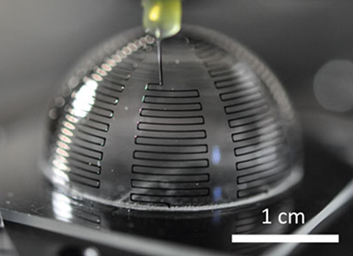Printing Technologies find their Place in Printed Electronics

Printed electronics is being used in many commercial applications today with the main applications being the printing of PV solar bus bars, glucose test strips, force sensors, touch screen electrodes, membrane circuits and heating elements.
Screen printing dominates commercial printed electronics devices
Of the different printing processes available, screen printing dominates the commercial printed electronics based products today and it continues to improve in terms of printed line width size due to demand from the PV and touch screen industries to have thinner printed lines. In touch screens, thinner edge electrodes translates to thinner edge bezels around displays, something desired by consumers.
Today 35 micron width screen printed tracks are used in commercial products with 20 to 30 micron screen printed line widths coming to market over the next few years and sub 20 micron screen printed lines have been shown in R&D and covered at IDTechEx events.

Source: IDTechEx report Printed, Organic & Flexible Electronics Forecasts, Players & Opportunities 2017-2027 (www.idtechex.com/pe)
Inkjet gets traction in new applications
Originally those pursuing inkjet printing for electronics had expected to take some market share from screen printers, given the better theoretical resolution, less material waste and more precise material replacement. However, the larger screen printing industry kept pushing the performance of screen printing, which has meant that inkjet has not displaced screen printed electronics in many of the larger applications. Instead, inkjet printing of electronics is replacing vacuum processes in some cases, the biggest commercial example being the use of inkjet printers for polymer layers in barrier films for thin film encapsulation for OLED displays, as shown below.

Source: Kateeva
Secondly, inkjet and other jetting technologies such as aerosol jet printing are enabling a new breed of electronics, such as 3D printed electronics, as pictured below.

Source: Optomec
Millions of smart phone antennas have bene made using aerosol jet printing onto 3D surfaces, benefitting from the ability to change designs easily with new phone launches and allowing the phone maker to use different case substrates for some further differentiation.
In other uses inkjet printing is used for customization of electronics by selective printing of conductive traces to/between components.
New progress
Then there is the continual progress with printed electronics manufacturing technologies, ranging from addressing issues such as attaching conventional components onto flexible substrates at high speed, or handling thinned, flexible silicon ICs.
Another example is the focus on extremely thin printed lines, where XTPL have demonstrated line widths below 1 micrometer based on an eternally triggered self assembly process of nanoparticles in the ink, which does not require complex pre or post treatment processing.

Sub 1 micron printed conductive trace from XTPL
These are many more developments will be covered at Europe’s largest event on the topic – Printed Electronics Europe 2017 in Berlin, Germany on May 10-11 (www.printedleectronicseurope.com). See the equipment in action in Manufacturing Street, and learn the latest in our conference session covering each main type of printing technology including integrating printed electronics with conventional electronics.
Register now for the early bird rates at www.PrintedElectronicsEurope.com
For comprehensive technology and market intelligence covering the entire printed and flexible electronics sector, see the IDTechEx report Printed, Organic & Flexible Electronics Forecasts, Players & Opportunities 2017-2027 (www.idtechex.com/pe)




